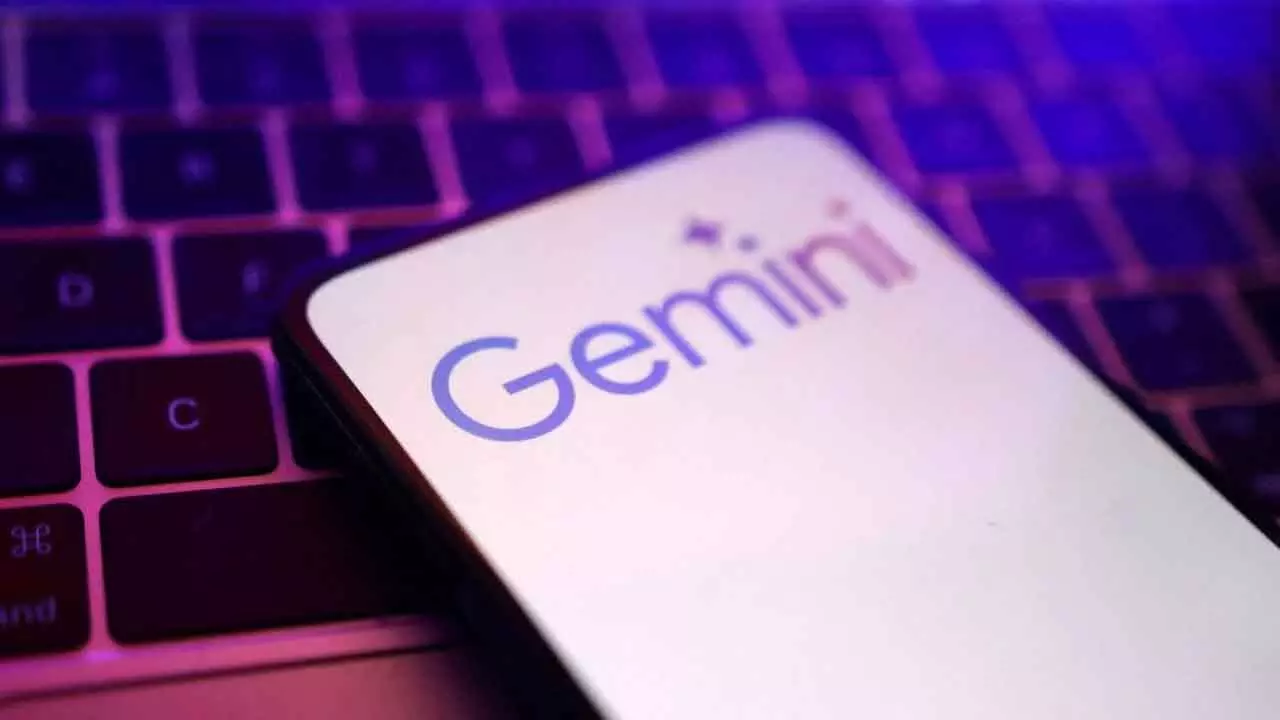Google’s New Gemini 3 Shocks Users With New AI Tricks—What Changed?
Google launches Gemini 3 with sharper reasoning, deeper context and new AI tools. Learn what this model changes and why it’s Google’s biggest leap this year.
image for illustrative purpose

Gemini 3 is the latest advanced AI system from Google which the company is starting to deploy today as it races with OpenAI for the top position in the field of advanced AI tools.
The model comes to select customers today and will be gradually available for more users in a few weeks. According to Google, the system is infused directly into the Gemini app, AI Mode, AI Overviews, and enterprise suite.
Sundar Pichai, the head of Alphabet, declared that the upgrade intends to make AI interaction easier for all and then users can ask even very complex questions without having to constantly rephrase the prompt.
In a series of social media posts, Pichai mentioned that Gemini is achieving “Google scale” now, thus pointing out how rapidly the company’s systems have developed in just two years. The current release follows Gemini 2.5, which was launched earlier this year, and Gemini 2.0, which was released last year. At the same time, rival OpenAI launched GPT-5 in August.
As per the company, the Gemini app's userbase has reached 650 million monthly active users, while AI Overviews are now used by 2 billion monthly users. OpenAI has previously disclosed that ChatGPT has reached 700 million weekly users, thus indicating that the competitor’s efforts have been very successful in terms of grabbing users' attention.
According to Pichai, the core of Gemini 3 consists of subtlety capturing intents and contextual cues, which results in no or very few steps being required from the user to arrive at the desired answer. The previous Google models will keep on taking care of less demanding tasks.
Alphabet and other technology giants like Amazon, Meta and Microsoft have raised their AI infrastructure spending forecasts this year. Collectively, capital expenditures are headed towards surpassing $380 billion, which clearly indicates the enormous investment that is needed just to keep up with the competition.
Demis Hassabis, the head of Google DeepMind, stated that the primary objective of Gemini 3 is to provide very honest answers using a tone of voice that is cross-examined and evidently clear rather than flattering — thus directly confronting the criticism of chatbots agreeing easily with the users.
Merely a week prior to Google's announcement, OpenAI released the GPT-5 upgrade with two different versions. The first one targets conversation quality and instruction comprehension, while the second one is characterized by high-speed performance in simple tasks and steadiness in more demanding ones.
Moreover, Google launched a new developer agent platform called Google Antigravity, which will be used for code writing by developers using high-level task prompts instead of instruction line-by-line. Google executives branded the Gemini 3 as the company’s most powerful system ever for “vibe coding” — a quickly expanding sector where developers depend on AI to create software through intent-based prompts.
The firm stated that Gemini 3 is capable of constructing “generative interfaces”— layouts that would merge visuals, texts, tables, or grids according to the question. This feature was showcased by the company through the question posed to Gemini to give the exposition of Van Gogh’s collection based on the context, and the model presented a visual magazine-style layout.
The subscribers will be first in line to experience the interactive tools created by the model inside AI Mode, like personalized loan calculators or visual simulations for science problems.
Developers will have access to Gemini 3 by means of the Gemini API, while enterprise clients have to incorporate it through Vertex AI on Google Cloud.
According to Google, corporate teams could use the model for training materials, onboarding processes, video analysis, review of images taken from the factory floor, and the automation of procurement.

